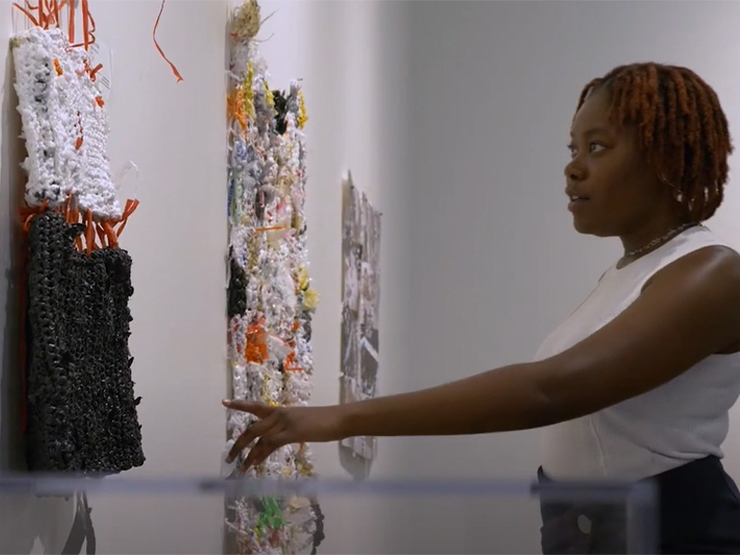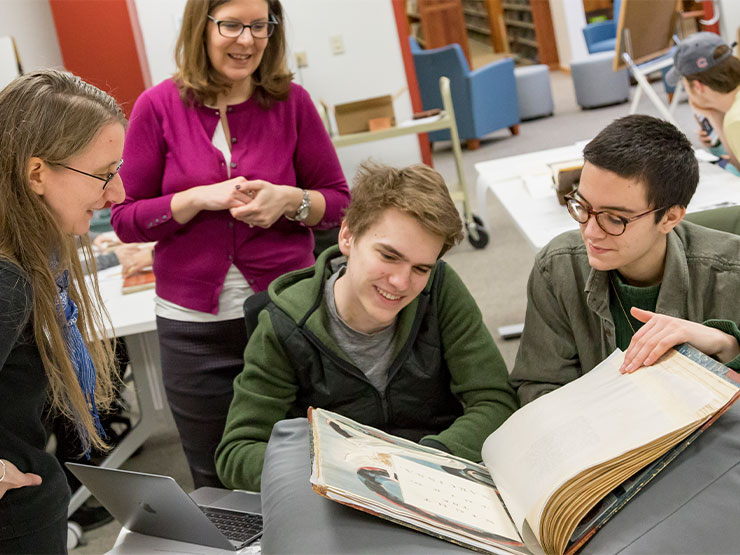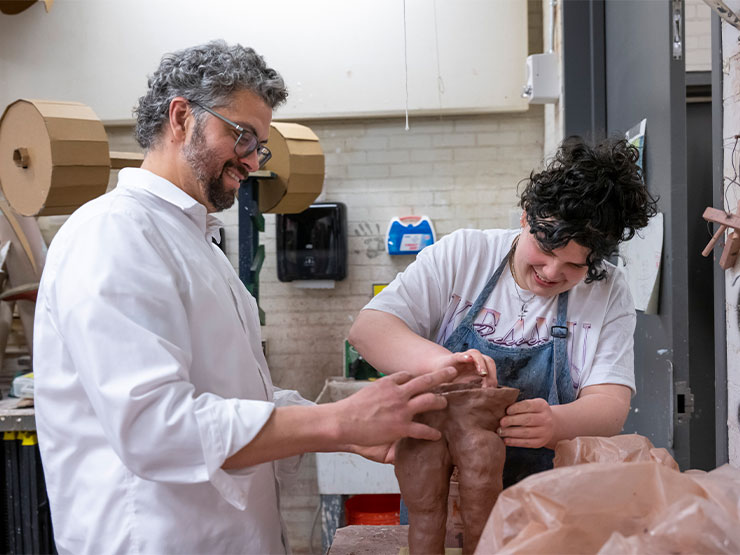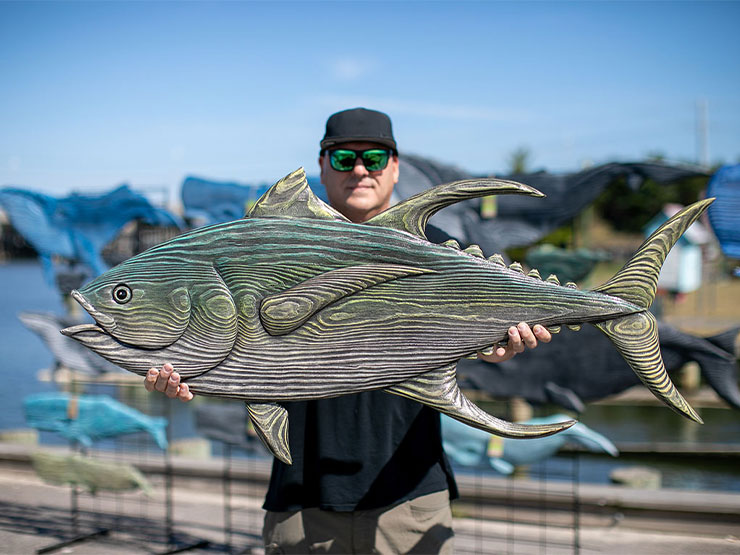
Opportunities With Impact
Find out how Muhlenberg transforms the study of art history into an active and experiential learning journey.

Visual creative works reflect societies, shape cultures and spark meaningful change. Art historians help make sense of art as well as human cultures past, present and in the act of being created.
As an art history student at Muhlenberg, you’ll explore art through social, political, economic, religious, racial and aesthetic lenses. You’ll practice a variety of art historical methodologies, from broad historical surveys to detailed analyses of specific periods. You’ll hone your capacities for highly valued and broadly applicable skills including visual analysis, evidence-based writing, oral argumentation, critical thinking and creative expression.
Muhlenberg’s art faculty are not only accomplished academics and artists; they’re also dedicated mentors who will encourage you to explore new boundaries and support you in achieving success on your own terms. Our faculty practice global and anti-racist approaches, upholding the power of art to enact social change.

Find out how Muhlenberg transforms the study of art history into an active and experiential learning journey.

You’ll work closely with the Muhlenberg Art Department’s full-time and visiting faculty members, whose diverse skills and interests will open new perspectives and possibilities in the classroom and beyond.

Discover the fields of study and career paths where our art history alumni have journeyed to after Muhlenberg.
On campus, Yngve helped build the very first Muhlenberg.edu as a student worker, which helped her launch a freelance business that she has continued and grown since.
The Center for Ethics will continue its theme of "The Ethics of Image" for the 2024 Spring semester, bringing academics to Muhlenberg to discuss the ethics of AI in art, the legacy of selfies in social media and ultraist rhetoric and visuality among extremist groups.
Grasso, who was an art major at Muhlenberg, carves wooden sea creatures and sells them from his Asbury Park, New Jersey, storefront.
The leading-edge building was recently honored with three major sustainability and green-building awards and certifications.